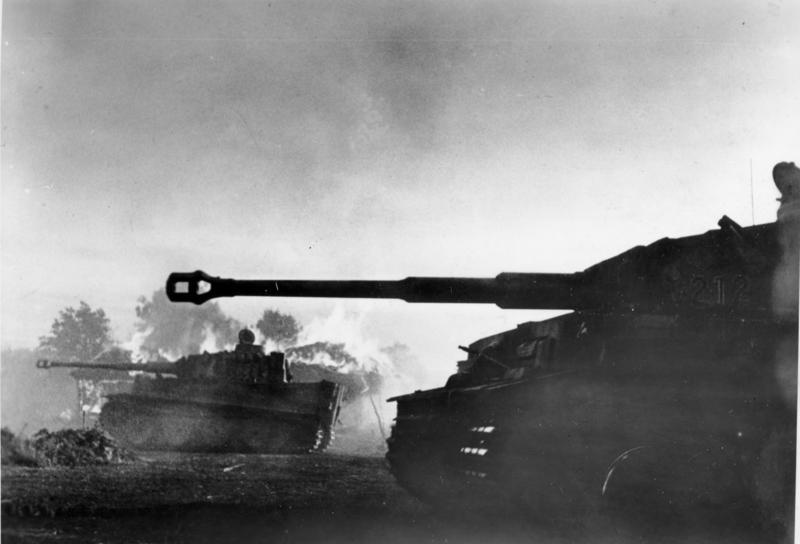There are many stages of the Second World War that are seen as the turning point when the allies gained the upper hand against the Nazi blitzkrieg. One of these is the Battle of Kursk in July 1943.
Date: 5 July 1943- 23 August 1943
German commanders: Erich von Manstein, Günther von Kluge, Hermann Hoth
Soviet Commanders: Georgy Zhukov, Konstantin Rokossovsky. Nikolai Vatutin
German strength:
912,460 men
2,928 tanks
Russian strength:
1,910,361 men
5,128 tanks

The Battle of Kursk was Nazi Germany’s last great offensive on the Eastern Front. The city of Kursk had been retaken by the Soviets and represented a bulge into German occupied land. The Germans decided to try and cut this advance and retake the city. The Battle of Kursk was about to begin.
Did you know? There were two mines for every German soldier!
With two huge opposing armies amassed, the fighting was very fierce. Wave after wave of tanks clashed as both sides rushed headlong into the enemy ranks. The conflict was initially quite equal with neither side gaining a solid foothold. However, the Russians had one key advantage: they were on their own land. With home advantage, the Russians could call on a huge amount of resources and munitions that slowly but surely wore down the German resistance.

Around 70,000 men died on each side and the loss was a critical blow to the Third Reich. The same month the allies landed on Sicily and the Axis retreat had begun. The tide was turning.
Did you know? The Eastern Front was generally considered as a frozen wasteland but Kursk was fought at temperatures of up to 20°C (68°F).

